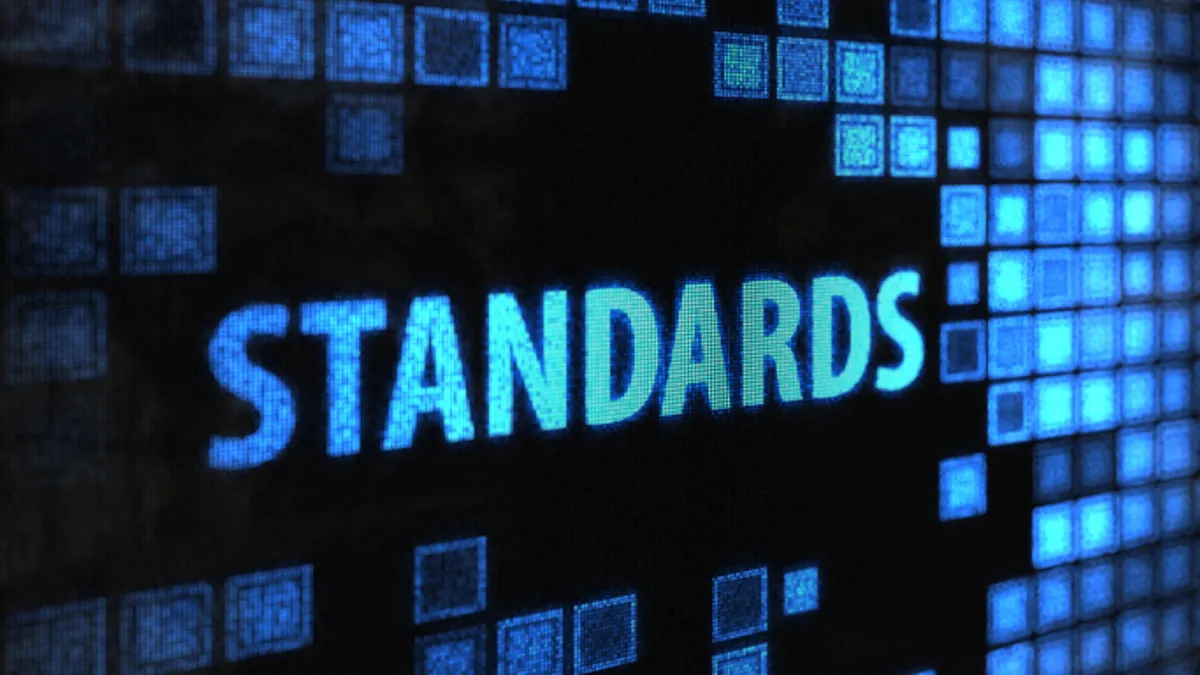David Parks is vice president of marketing at Contract Logix. Views are the author's own.
There were 1,035 initial public offerings (IPOs) on the U.S. stock market in 2021, a record, and while there have only been 113 so far this year, and signs that the IPO boom might be slowing down, companies will continue to go public. And when they do, it's the general counsel who's responsible for meeting the significant legal and regulatory thresholds that need to be passed.
This year marks the 20th anniversary of the Sarbanes-Oxley (SOX) Act of 2002, the federal law that established auditing and financial regulations for public companies, underscoring the critical importance for businesses that are trying to go public or are already public, to modernize their business processes.
Whether that IPO is in three months or three years, or you’re looking to be acquired by a public company, or you’re looking for a venture capital or private equity investor, SOX compliance is good business practice, and contracts, or more importantly, good contract management, holds the key.
SOX compliance
Contracts are the backbone of every organization, and the contract lifecycle is one way to track the overall health and wellbeing of a company.
A missed clause or a mistakenly routed approval can quickly expose a business to several risks, including noncompliance with SOX.
Financial risks are contract risks associated with the loss of money, while legal risks can be regulatory, compliance or dispute risks. Security risks are often the highest profile risks with the most severe consequences, and brand risk is essentially the risk associated with negative public and customer opinion or poor employee morale, and is often part of the aftermath of financial, legal and security issues.
All these risks will be scrutinized when preparing for an IPO, but organizations can use contract lifecycle management (CLM) software to show investors and regulators that their house is in order with improved audit controls, clear business process management, visibility, and compliance as well as real-time reporting and analytics.
One of CLM software’s primary benefits is that it centralizes and secures all contracts and related documents in a single, cloud-based digital repository. By storing all contracts and related documents digitally, CLM software provides organizations with easily auditable documentation that can help ensure SOX compliance. This information is easily and accurately searchable, giving organizations a complete history of their contracts as well as when they happened, who was involved, and all edits, changes, versioning and other historical data like amendments and addendums.
Simplifying and automating the CLM process also frees up time so that organizations can focus on the highest value and highest impact priorities for the business. Automating the flow of a contract throughout the creation, review, approval, and negotiation phases using workflows reduces a great deal of friction at each stage, ensures the organization’s business rules are followed, which plays an important role in regulatory and internal compliance, and eliminates errors and the need for human intervention. In addition, CLM software also allows organizations to provide real-time reporting on regulatory requirements and the state of all buy-side and sell-side contracts.
Risk management
Organizations looking to go public will also need to demonstrate governance, risk, and compliance strategies. Risks will always be a part of the contract process, but good contract management practices should be a cornerstone of any risk management effort by helping with the identification, assessment and mitigation of risk.
To identify risk, organizations can start by asking a handful of questions.
- Which contracts have a higher exposure to risk?
- Are there parts of the contract management process that introduce risk? For pre-execution, this could involve workflows, timeframes or other factors associated with contract creation, negotiation and approval. For post-execution, it could be how existing contracts are stored and managed.
- Are there vertical-specific regulatory compliance risks that need to be managed in addition to SOX such as HIPAA, OSHA, FISMA, DFARs, PCI, or others?
- Are there geographic regulatory compliance risks related to contracts with parties located in different states, countries, or legal jurisdictions, such as GDPR in the EU or PIPEDA in Canada?
Once risks have been identified, organizations must assess what that risk means to the health of the business and assign a score based on the level of risk identified for each contract. Look at things like risk probability (the likelihood of the risk occurring), risk consequence (the impact to your organization if it does occur) and how those factors can change over time. After the scores are assigned, organizations can create risk thresholds, basically outlining how much risk it is willing to tolerate.
CLM software’s ability to structure contract data in a way that risk can be easily searched for and presented in reports is a key asset. It also helps mitigate contract risk by incorporating language, including on indemnification, insurance, cyber security, limited liability, governing law, termination and warranties. Some other important risk factors to address include unauthorized access to contracts, lack of contract compliance and governance, broken contractual obligations and missed renewal and expiration dates.
Business process maturity
When investors do their due diligence, they look beyond just product and market. They want to see companies with mature, modern business processes that can scale efficiently and effectively and be managed digitally. Digitizing the CLM process can make it a fundamental pillar in a company’s overall digital transformation effort. The data in contracts is extremely valuable and harnessing that data gives businesses the ability to benchmark, track and optimize the key performance indicators most important to them. It essentially allows organizations to do more with less, finding underperforming services, and additional cost savings opportunities, as well as ensuring governance and compliance.
IPO-readiness
Whether or not a business is going public, having a better understanding of all contractual obligations and deliverables, as well as the obligations of contract partners, is a best practice, as is demonstrating SOX compliance. It’s also critical to have complete and accurate visibility into business processes and an accurate and reportable audit trail. By modernizing contract management tools and processes these businesses can make significant progress in achieving digital contract transformation and leverage the wealth of data in contracts to make accurate and intelligent business decisions.

















